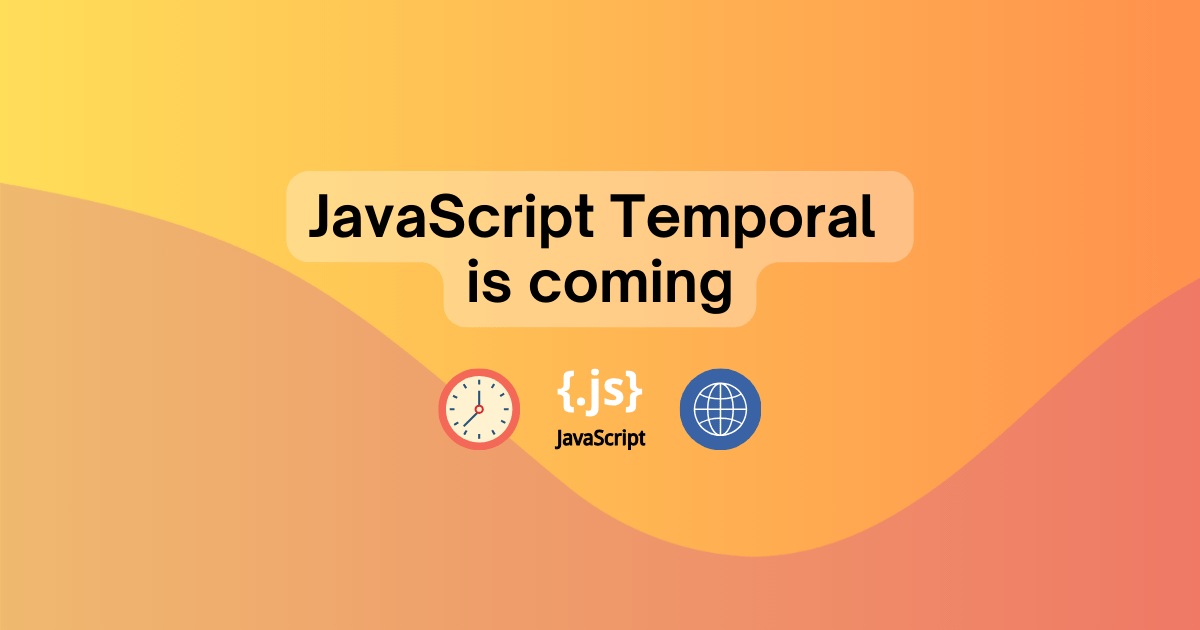- Sloth Bytes
- Posts
- 🦥 Microservices For Dummies
🦥 Microservices For Dummies

Hello friends!
Welcome to this weeks Sloth Bytes.
I hope you had a great week 😁

There’s a reason 400,000 professionals read this daily.
Join The AI Report, trusted by 400,000+ professionals at Google, Microsoft, and OpenAI. Get daily insights, tools, and strategies to master practical AI skills that drive results.

Sloth’s hands and feet are shaped like hooks

Gif by BrookfieldZoo on Giphy
Sloth’s hands and feet are permanently curled into a hook-like arrangement and have very specialized muscles and tendons—this allows them to hang from any limb using almost no energy.

Microservices for Dummies

You’ve probably heard or will hear the term “microservice” from developers.
Let me give you a quick introduction you to microservices and explain when and why you should use them.
What Are Microservices?
Think of a big programming application. It has millions of lines of code, hundreds of files that do a bunch of different things:
Authentication, Payments, Notifications, Infrastructure, Mobile app, Web app, etc.
When you bundle these together, you get what’s called a Monolith/Monolithic architecture.
In simple terms, it’s just a giant codebase that has everything together.
Now imagine breaking the codebase into smaller, independent pieces that work together.
That's microservices - small, independent services that each do one thing well.
Why Break Up a Monolith?
Because sometimes big applications become:
Hard to change
Slow to deploy
Difficult to scale
A nightmare to maintain
Too complex for new developers
Real World Example
Let's say you're building an e-commerce site like Amazon
If you have it as a Monolith it would look like this:
One big application
One database
One deployment
All features tightly coupled
Now if you broke it up into Microservices, it would look like this:
Products Service (catalog)
Orders Service (shopping)
Payment Service (money)
User Service (accounts)
Each with its own database and team
When Do You Need Microservices?
A lot of developers have mixed opinions when it comes to microservices.
Some love it, some don’t, but here are some signs where it wouldn’t hurt to have microservices:
Multiple teams stepping on each other
Different parts need different scaling
Deployment takes forever
Changes are scary
New features are hard to add
Different parts need different technologies
You probably don't need them if:
Small application (99% of your personal projects)
Single team
Simple business logic
Limited resources
Quick prototype needed
Easy to maintain currently
The Good Parts
Independent Development
Teams work separately
Choose their own tools
Deploy when ready
Better Scaling
Scale busy services only
Handle traffic spikes better
Save resources
Faster Development
Smaller codebases
Easier to understand
Quicker deployments
Better Reliability
One service down ≠ system down
Easier to fix issues
Less risky deployments
The Not-So-Good Parts
More Complexity
Services need to communicate
Data consistency challenges
More moving parts
Higher Costs
More servers needed
More monitoring needed
More maintenance needed
Development Challenges
Local setup is harder
Testing is more complex
Debugging across services
Should You Switch?
Ask yourself:
Is your monolith causing real problems?
Do you have the resources?
Is your team ready?
Can you handle the complexity?
Do the benefits outweigh the costs?
I’d be surprised if ANY of your personal projects would become this complex to need microservices, but it is good to know once you work professionally.
Now remember,
Don't switch to microservices because it's cool. Switch because it solves real problems!


Engage Prospects at the Perfect Moment With Our AI BDR
A poorly timed outbound message is a wasted message. Ava tracks your prospects in real-time and waits for them to trigger an intent signal before automatically sending them a personalized email or LinkedIn message.
Hire Ava who automates your entire outbound demand generation process, including:
Intent-Driven Lead Discovery Across Dozens of Sources
High Quality Emails with Human-Level Personalization
Follow-Up Management
Email Deliverability Management
*A message from our sponsor.


Thank you to everyone who submitted 😃
levi-manoel, Risamc, py-JAY, SDKwapis, porrrq, DeveloperCraig, JamesHarryT, RelyingEarth87, nhillemann, Maxime-R-Hub, acollinsMAD and ravener.
Rhyme Time
Create a function that returns true if two lines rhyme and false otherwise. For the purposes of this exercise, two lines rhyme if the last word from each sentence contains the same vowels.
Examples
doesRhyme("Sam I am!", "Green eggs and ham.")
output = True
doesRhyme("Sam I am!", "Green eggs and HAM.")
output = True
# Capitalization and punctuation should not matter.
doesRhyme("You're built like a seat", "I bet you like to eat")
output = True
doesRhyme("You are off to the races", "a splendid day.")
output = False
doesRhyme("and frequently do?", "you gotta move.")
output = FalseNotes
Case insensitive.
Here we are disregarding cases like "thyme" and "lime".
We are also disregarding cases like "away" and "today" (which technically rhyme, even though they contain different vowels).
How To Submit Answers
Reply with
A link to your solution (github, twitter, personal blog, portfolio, replit, etc)
or if you’re on the web version leave a comment!
If you want to be mentioned here, I’d prefer if you sent a GitHub link or Replit!

Another video????
Yep I made another video.
I tried my best to explain DeepSeek.
What do you think about Sloth News?
Should I keep making "Sloth News" videos?It would just be AI/programming news. |
That’s all from me!
Have a great week, be safe, make good choices, and have fun coding.
If I made a mistake or you have any questions, feel free to comment below or reply to the email!
See you all next week.








Reply